Final Fantasy Xiii2 Normal Vs Easy Mode
For a video game series that's been around as long as Final Fantasy has, it's surprising how few times there have been direct sequels. Most of the entries tell a standalone story and move on from it during the next entry. Given how long the games are, that's somewhat understandable, but it's always nice to continue a story with beloved characters.
That's what Final Fantasy X-2 and Final Fantasy XIII-2 both did, bringing back fan favorites and newer characters to create fun sequels that were every bit as good as other entries in the series. The question is, which of them is the best, and makes the stronger case for why there should be more directFF sequels?
10 Final Fantasy X-2: Dresspheres Let Characters Change Their Class While In Combat
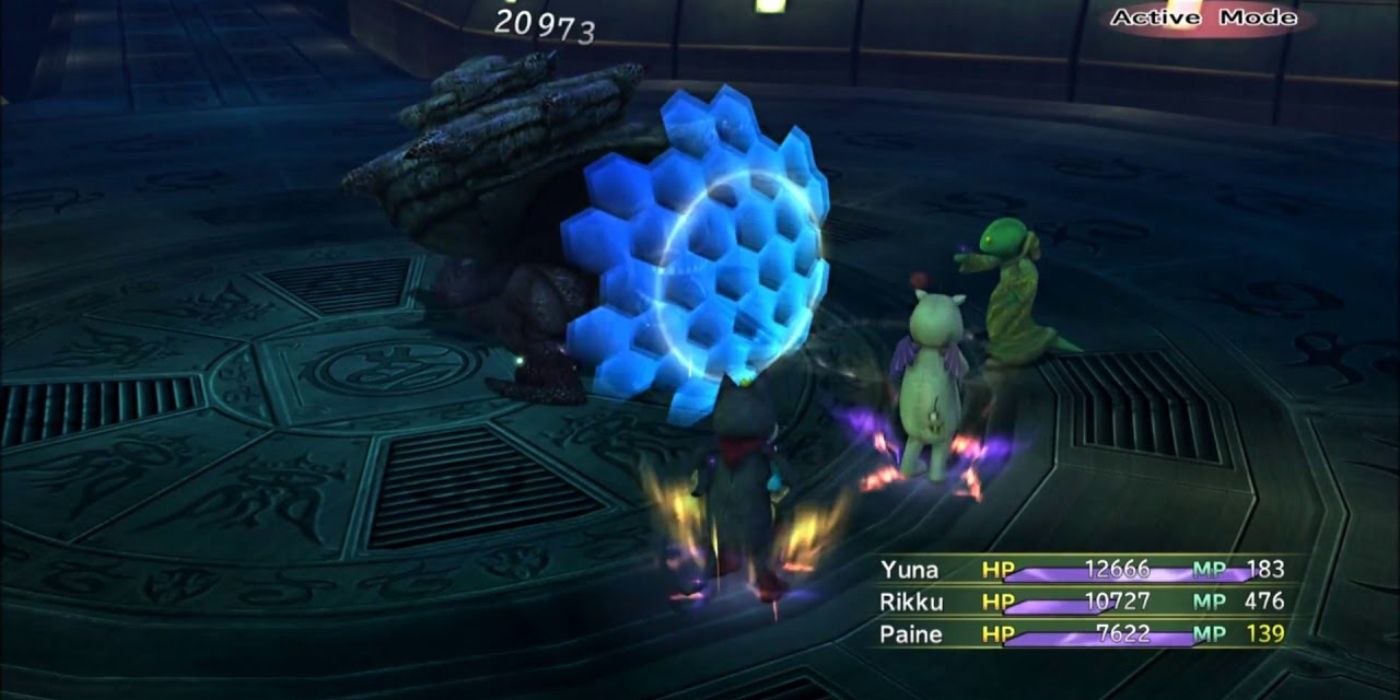
The use of dresspheres helped give combat an added jolt, allowing characters to shift their classes mid-combat, giving the player a tactic that could be the deciding factor of victory. It helped add a little spice to the Active Battle System that Final Fantasy games often employ.
Shifting classes could provide boons such as extra attack power or added elemental effects, making it extremely powerful. Add in the fact attacks could be chained with proper timing, and it made fights more engaging.
9 Final Fantasy XIII-2: It Helped Create The Fabula Nova Crystallis Subseries
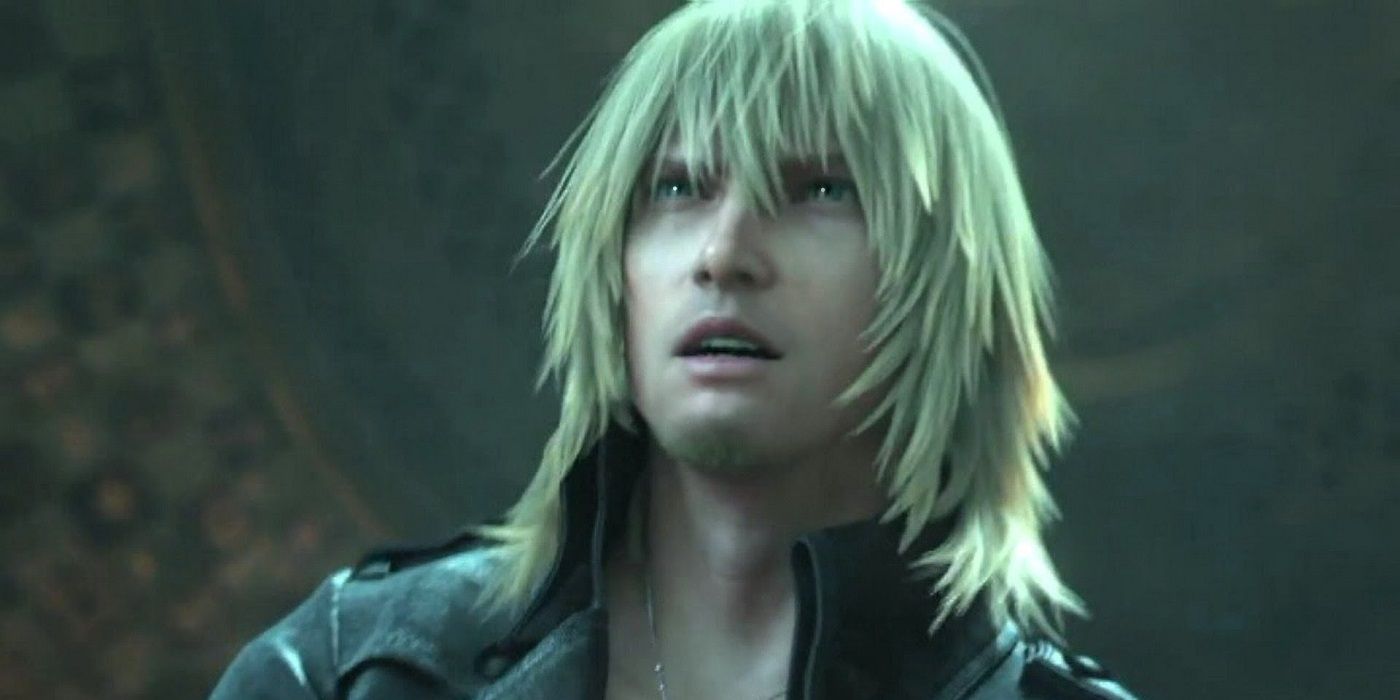
While Final Fantasy XII may not be every fan's favorite in the series, there's little doubt of the impact it had on the series. Not only did it introduce another direct sequel in Final Fantasy XIII-2, but it also helped create an entire subsection of games, and it wouldn't have been possible had XIII-2 not been so well received.
Along with those games, there is Lightning Returns, the Type-0 games, and even Final Fantasy XV that originally started off as another offshoot ofFFXIII. While they aren't all in the same universe, they share many common elements and themes tying them together.
8 Final Fantasy X-2: Going With An All-Female Cast
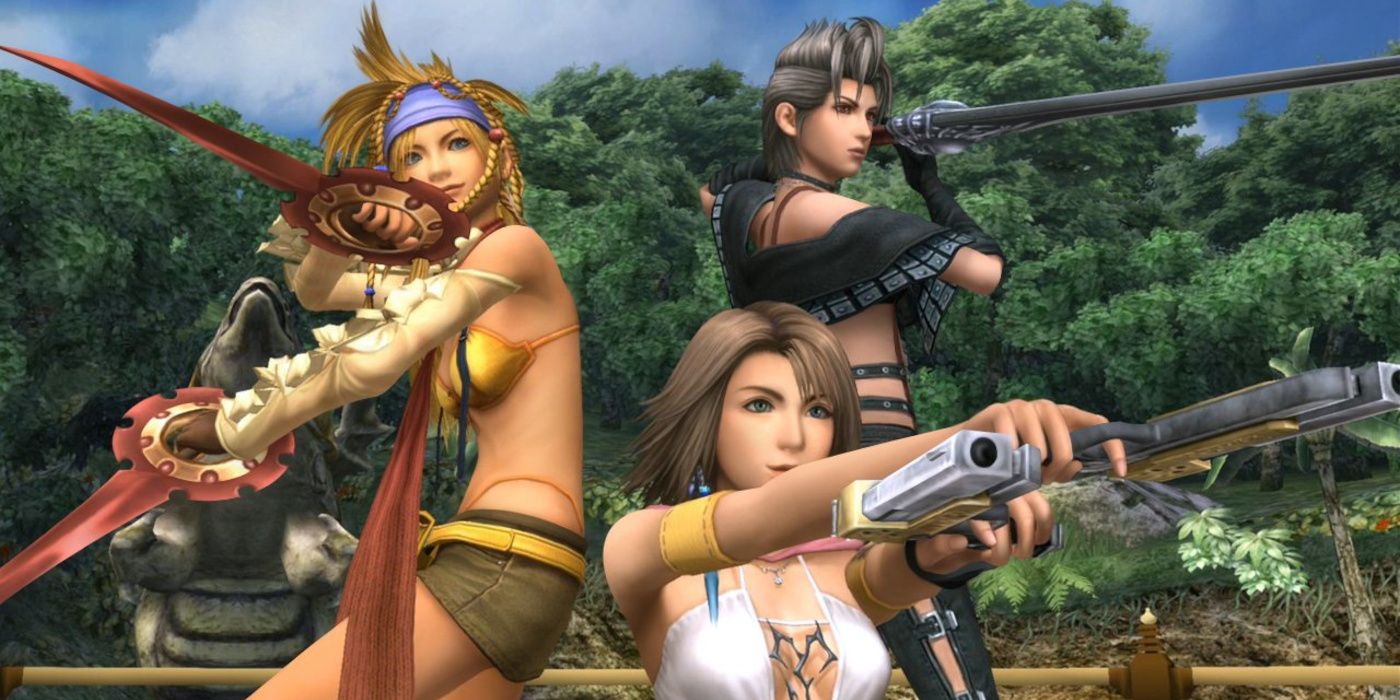
It's one thing to place Yuna in the staring role over Tidus in the sequel, and quite another two have her flanked by two more female characters in Paine and Rikku.
It upped the ante and was the first Final Fantasy to have an all-female main cast. It was a move made well before it became a trend in most media, showing how ahead of the curve Square was. Both Paine and Yuna were well-rounded characters, with Rikku working as the bubbly third wheel. It was a much-needed breath of fresh air for a series that is often rightfully criticized for not having enough playable female characters.
7 Final Fantasy XIII-2: It Put Lightning On The Sidelines To Allow Other Characters A Chance To Shine
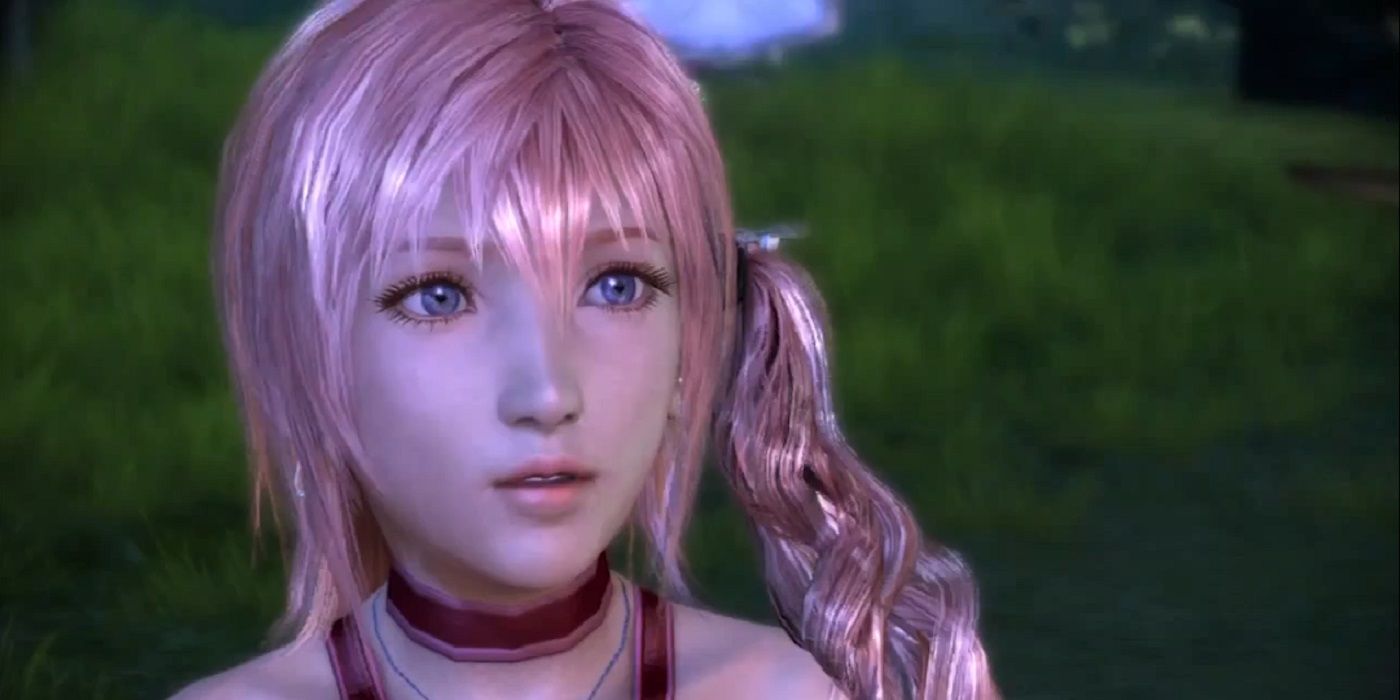
Given that Lightning was met with mixed reception afterFinal Fantasy XIII, it was a smart decision to sideline her and give her younger sister Serah a chance to shine. She's a more relatable protagonist, one who came off as human rather than cold and robotic like her sister did.
Lightning's removal from the spotlight allowed characters like Snow and the new character Noel received more development than they would have gotten had she been the lead, and letting side characters step up is a great reason to haveFF sequels in the first place.
6 Final Fantasy X-2: The Game Allowed For More Exploration & A Less Linear Approach
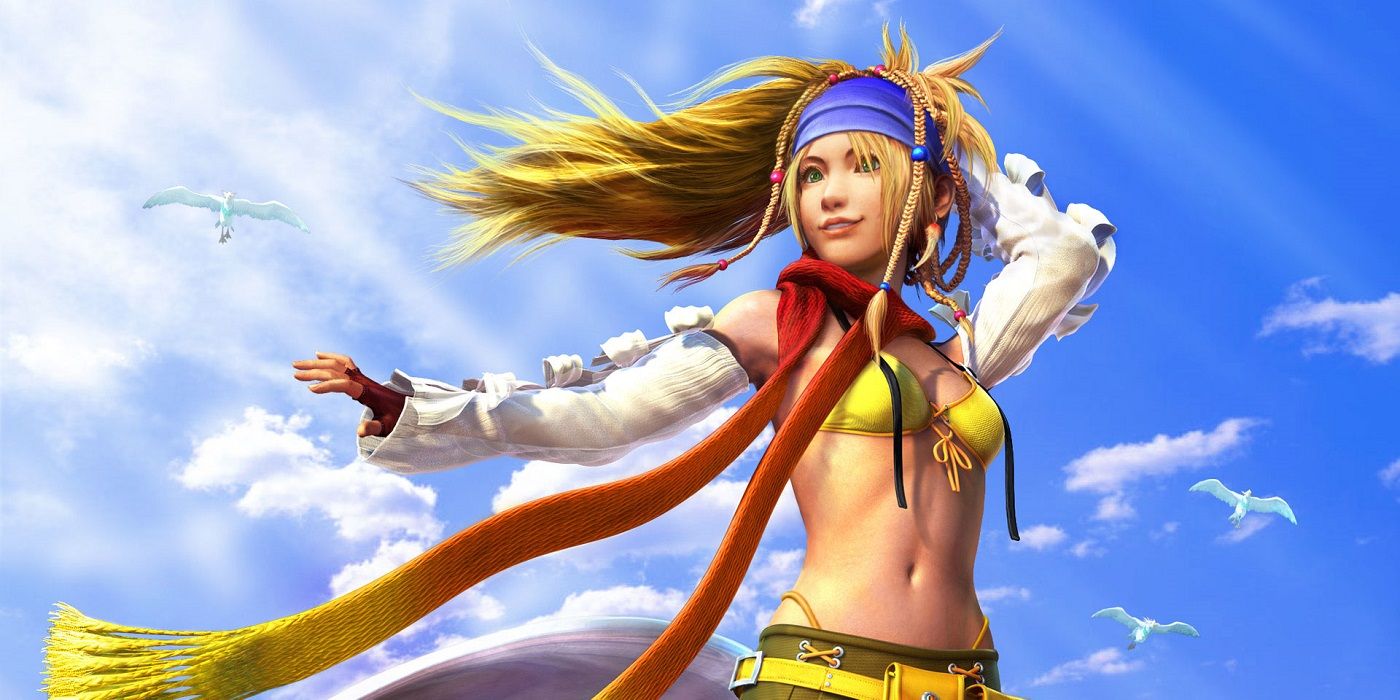
Final Fantasy games all tend to be pretty linear, and there's inherently nothing wrong with that. The games are massive, and there's a lot of stories that need to be told. Making it more of an open world would grind the story's progress to a halt and make the game feel endless.
Final Fantasy X-2 found a happy medium that allowed players to explore and play mini-games while keeping the story tightly wrapped in episodes and segmenting the map, but allowing the player time in each area for as long as they wanted.
5 Final Fantasy XIII-2: It Featured An Improved Version Of Its Predecessor's Paradigm System
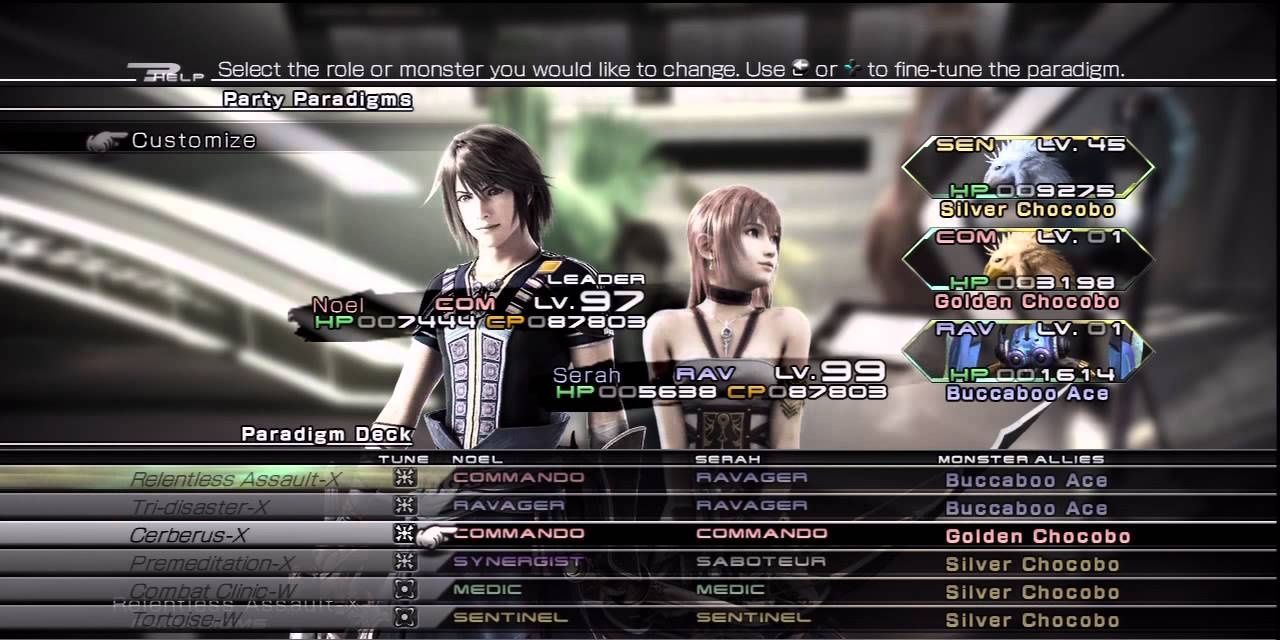
One of the better additions to the Fabula Nova Crystallis Subseries is the more active combat, and the paradigm system has a lot to do with that. It allowed the players to build their teams up how they wanted, creating a synergy between the main characters and AI to fit their play style.
That sort of customization is always welcome in any game. While it's disappointing the player can't choose the actions of all its party members, the paradigm system made it simplified enough that doing so wasn't necessary.
4 Final Fantasy X-2: The World Naturally Evolved From The Events Of The First Game
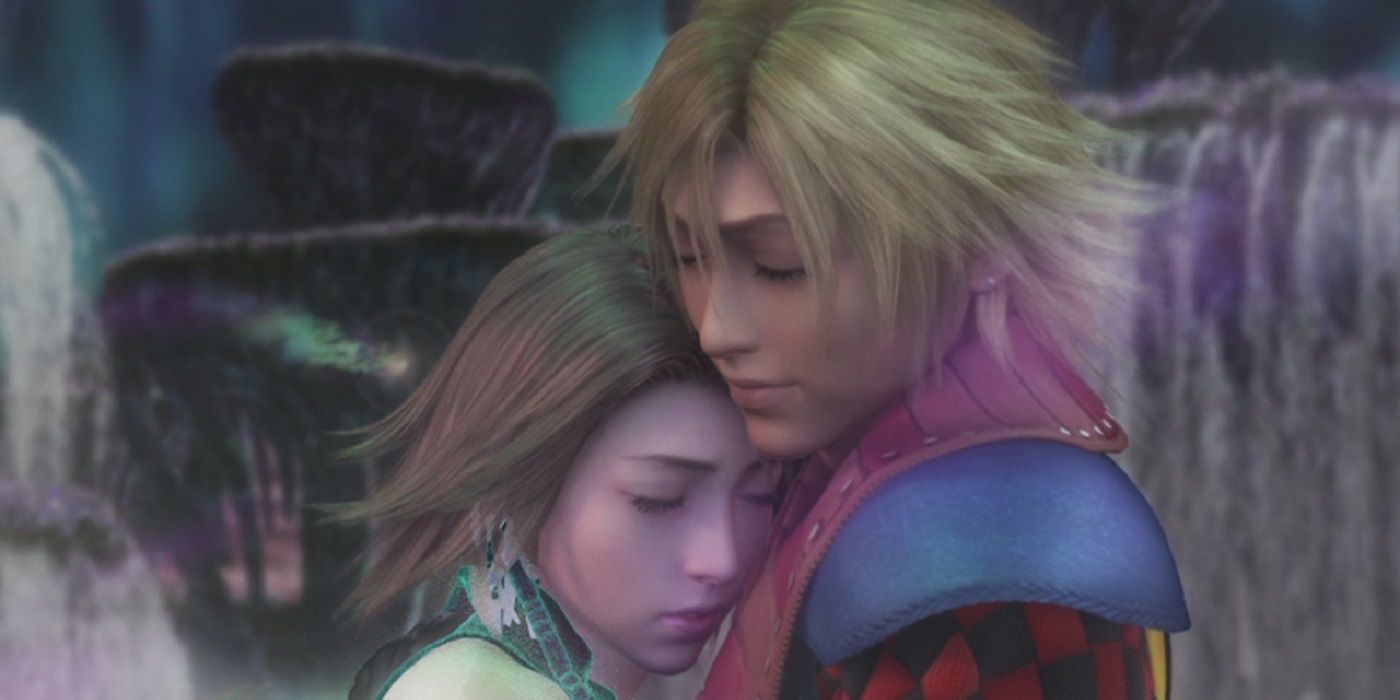
One pitfall that sequels can sometimes run into is that everything has a status quo, and there isn't enough change. That isn't the case with Final Fantasy X-2, which has Spira undergoing a great change with the fall of religion.
Many have taken up a belief in technology, while others have become relic hunters as the Gullwings did. It helps make the first game feel as if it had an actual impact rather than a singular story that only ties to the second because it has the same characters.
3 Final Fantasy XIII-2: The Abundance Of Time Travel Made The Game Feel Unique
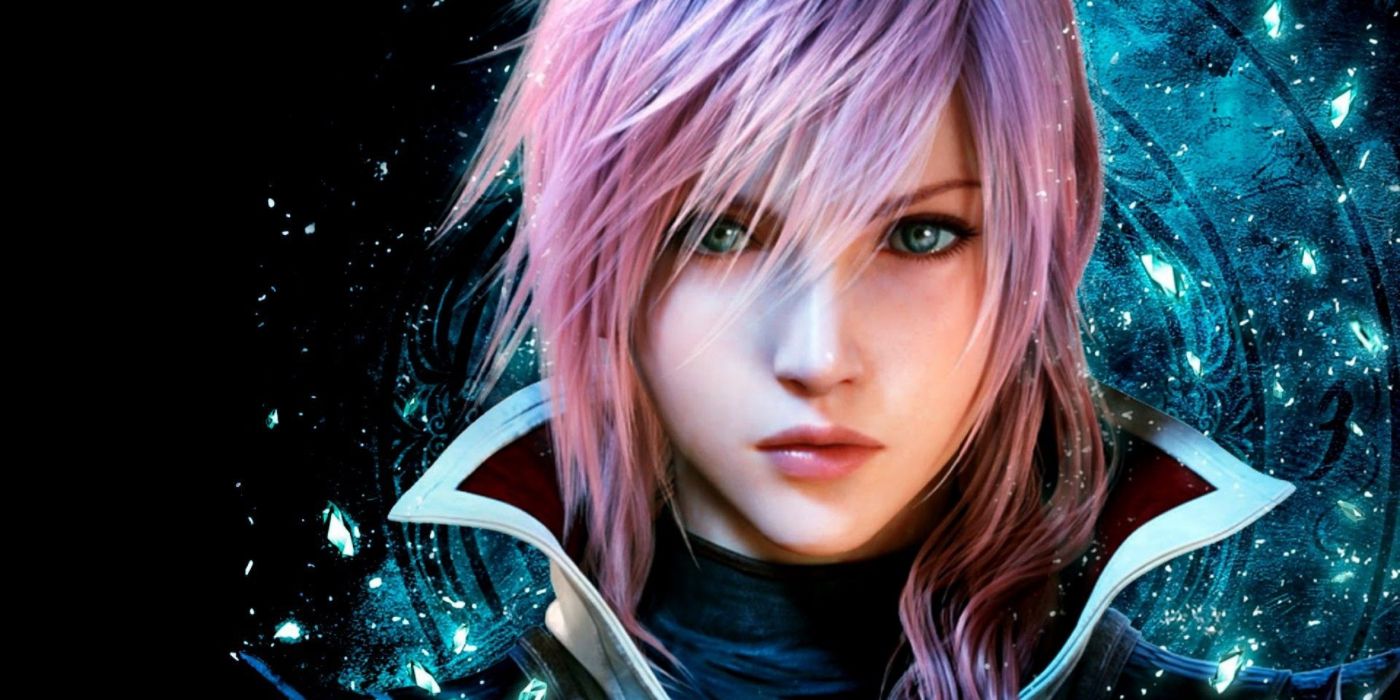
The biggest element that helped separate Final Fantasy XIII-2 from Final Fantasy XIII was the amount of time travel used. The game jumps around to various parts of the timeline and even to parallel universes. At times, the game felt like it was using comic book themes with its use of time, creating a multiverse with it.
It gave the game a unique flair that made it feel different from not only its predecessor but any other game in the series. It did make the story feel a bit convoluted at times too, but Square Enix deserves credit for trying something new with a series they are often accused of playing it too safe for.
2 Final Fantasy X-2: Multiple Endings Gave The Game Replay Value
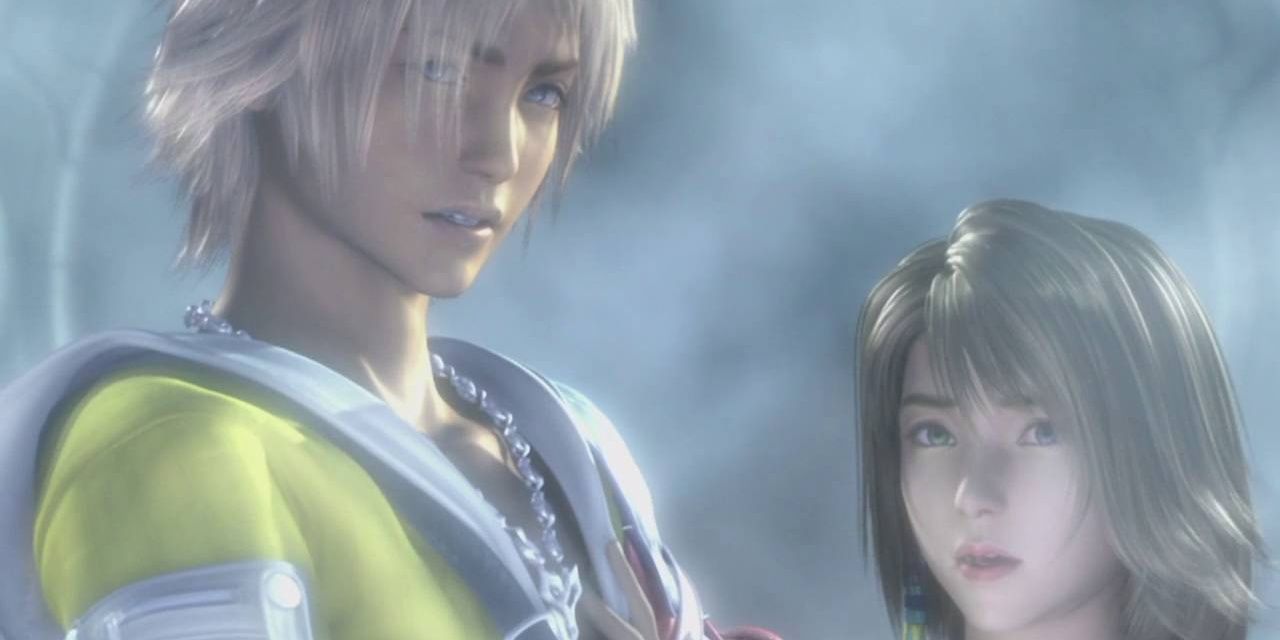
The endings of Final Fantasy X-2 weren't multiple in the sense that there was a good or bad one. Everyone achieves the same initial end scene. From there, it builds off the ending given instead, giving the player a fuller view if certain conditions are done.
One of those is seeing Tidus reborn and united with Yuna. Even that's expanded on more if a 100% completion is achieved, leading to a scene where they wonder if they are truly real or merely dreams.
1 Final Fantasy XIII-2: The Villain Ends Up Getting What He Wanted In The End
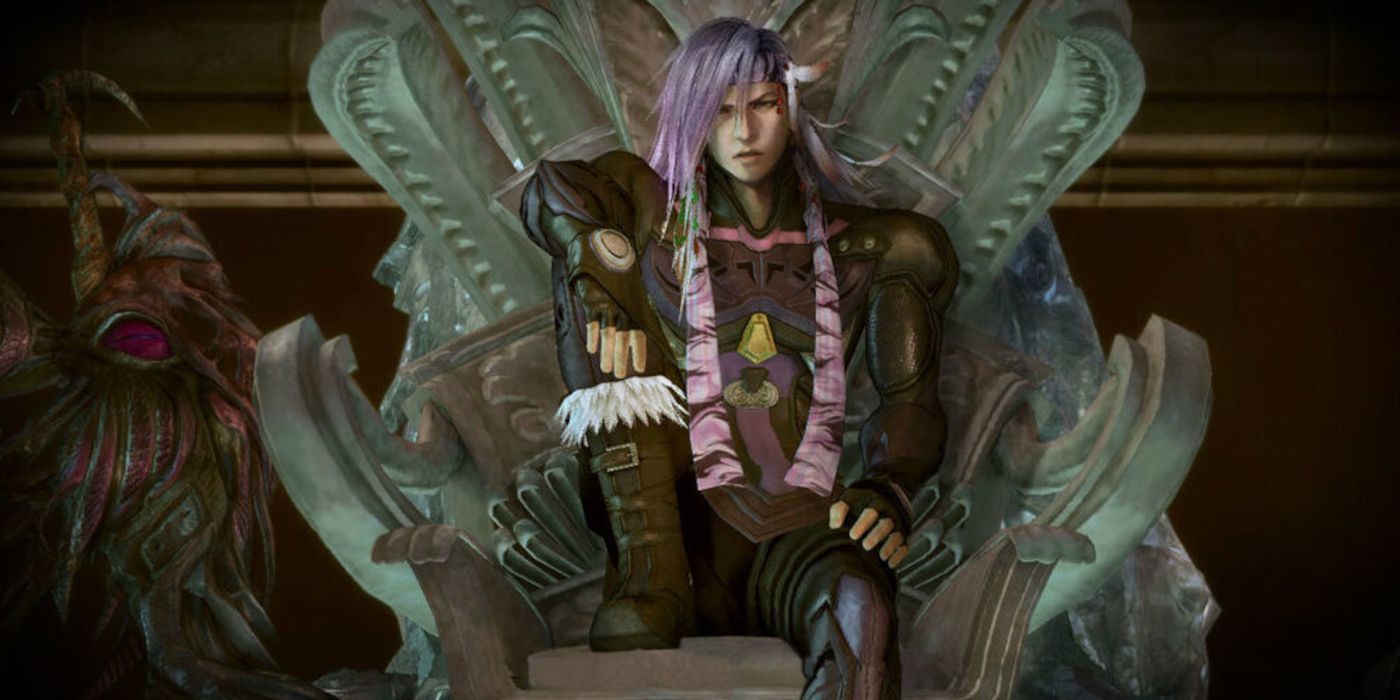
Rarely does a villain achieve his goal at the end of the game. There's good reason for that. It's a downer ending and makes everything the player did to that point pointless.
That said, with a third game on the way with Lightning Returns, Final Fantasy XIII-2 was able to get creative with its ending, letting Caius get what he wants and ending the game with chaos spreading throughout the world. It made the more confusing parts of the game feel worth it.
Source: https://www.cbr.com/final-fantasy-x2-vs-final-fantasy-xiii2/
0 Response to "Final Fantasy Xiii2 Normal Vs Easy Mode"
Post a Comment